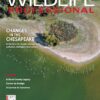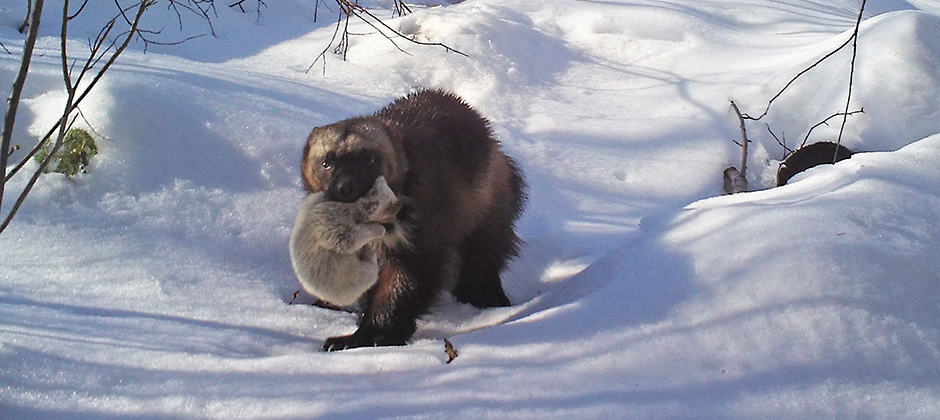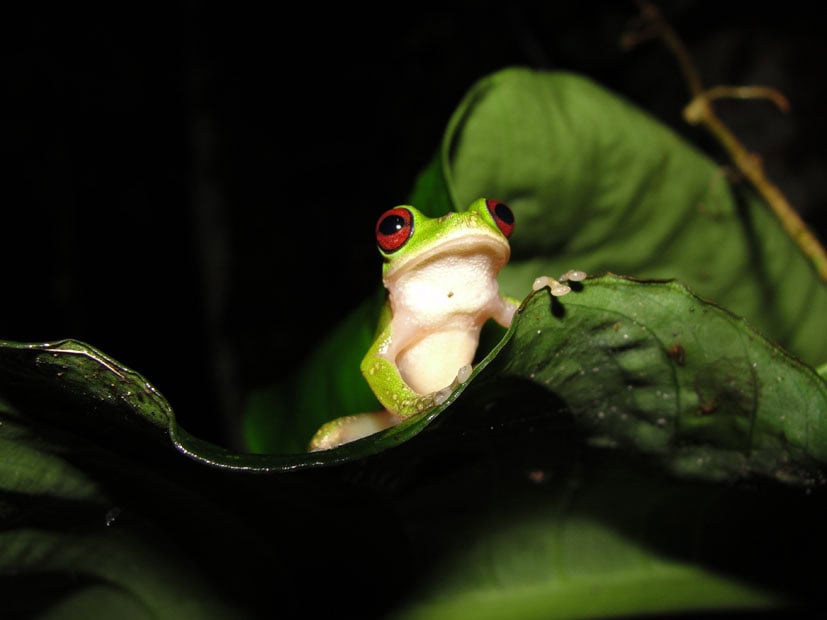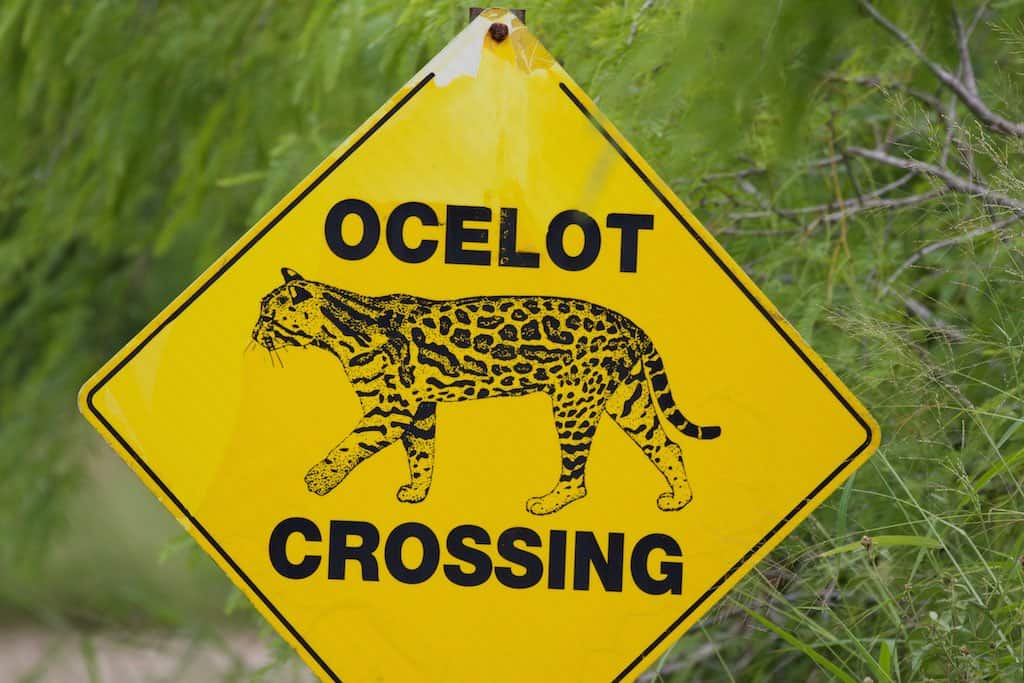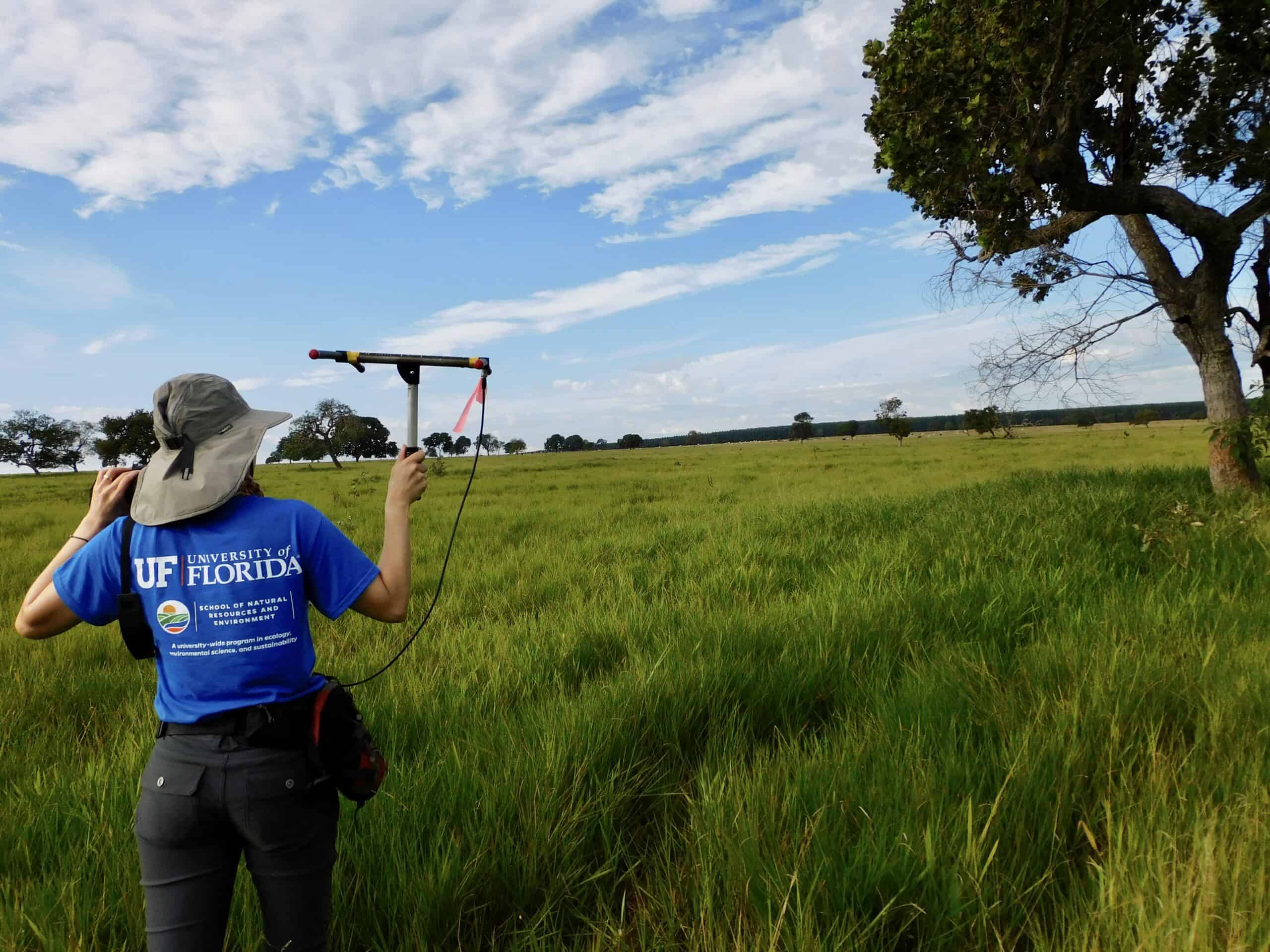Share this article
WSB: Trappers help biologists grasp wolverine numbers
Wolverine biologists are tapping into decades of trapper knowledge from remote parts of Alberta to gain a better understanding of the distribution of the rare mammal in the Canadian province.
The information gained from local observations and trapping data has helped biologists expand their knowledge of the type of environment where wolverines (Gulo gulo) thrive.
“The more remote and less disturbed the forest is in the surrounding area, the more likely the trappers were to report wolverines,” said Robert Anderson, a wildlife biologist with the Alberta Conservation Association and one of the co-authors of a study published recently in the Wildlife Society Bulletin.
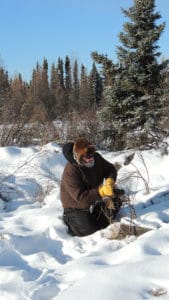
Over 160 trappers participated in the study, sharing knowledge about wolverines and other furbearers trapper, including Neil Kimmy pictured here in the field. ©Mike Jokinen
As part of a larger study, Anderson and his colleagues wanted to learn more about wolverine range in Alberta. While they initially used camera traps and radio collars to do this, they also realized they had a source of untapped knowledge with trappers.
“This idea of gathering this local ecological knowledge that the trappers have gained through decades and spending lots and lots of time in the same area has some different value than other types of studies we do,” he said, adding that some of these trapping areas were remote and difficult to gain knowledge about. “Some of these trapping areas, if you wanted to go down and grab a coffee at Starbucks, you’re talking about six hours,” Anderson said.
They worked with the Alberta Trappers Association and the provincial government to send out surveys to trappers all over the province in 2012 and got back questionnaires from 164 trapping areas in the boreal forest, Rocky Mountains and foothills.
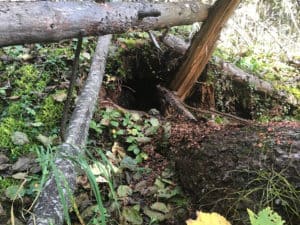
Follow-up research found that wolverines den in the hollows left by upturned trees in the boreal forest. ©Mike Jokinen
They found that intact forest was the best predictor of wolverine presence in any of the three environment types. Remoteness was also an important factor.
But more surprising was that while wolverines were found in the mountains, 80% to 90% of suitable environments for the carnivores was actually found in the boreal forest. Suitable wolverine habitat was found from the U.S. border, which cuts through Glacier National Park to the south and Waterton Lakes National Park on the Alberta side, all the way through the Rocky Mountains, then across the top third of the province in the boreal forest.
The discovery that wolverines were making wide use of non-mountainous parts of the boreal forest brought up further questions among researchers, such as what type of dens the animals were using. In the mountains, wolverines often dig their dens into deep snow more common in the area. But snow isn’t always that deep outside the mountains.
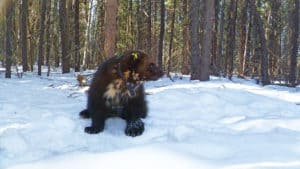
Outreach like this also helps trappers provide more information to governments to make for more accurate harvest quotas and improve conservation. ©Mike Jokinen
Instead, Anderson and his co-authors found in a study published in The Canadian Field-Naturalist that wolverines use the natural hollows created in the ground when black spruce trees are uprooted by strong winds for denning.
The information is important for trappers as well, who can now take this improved knowledge of wolverine range to governments to help argue for greater habitat conservation measures, which can also ensure healthy populations of other target animals like lynx (Lynx canadensis) and martens (Martes americana). It can also help set more accurate quotas for wolverines, which are a harvestable species in Alberta. Involving the trappers also helped with the follow-up study on denning.
“These are families who have done this for a long time, and they want to pass this opportunity on to their children,” Anderson said.
This article features research that was published in a TWS peer-reviewed journal. Individual online access to all TWS journal articles is a benefit of membership. Join TWS now to read the latest in wildlife research.
Header Image:
Researchers tapped into trapper knowledge to get a more accurate idea of wolverine range in Alberta.
©Mike Jokinen

